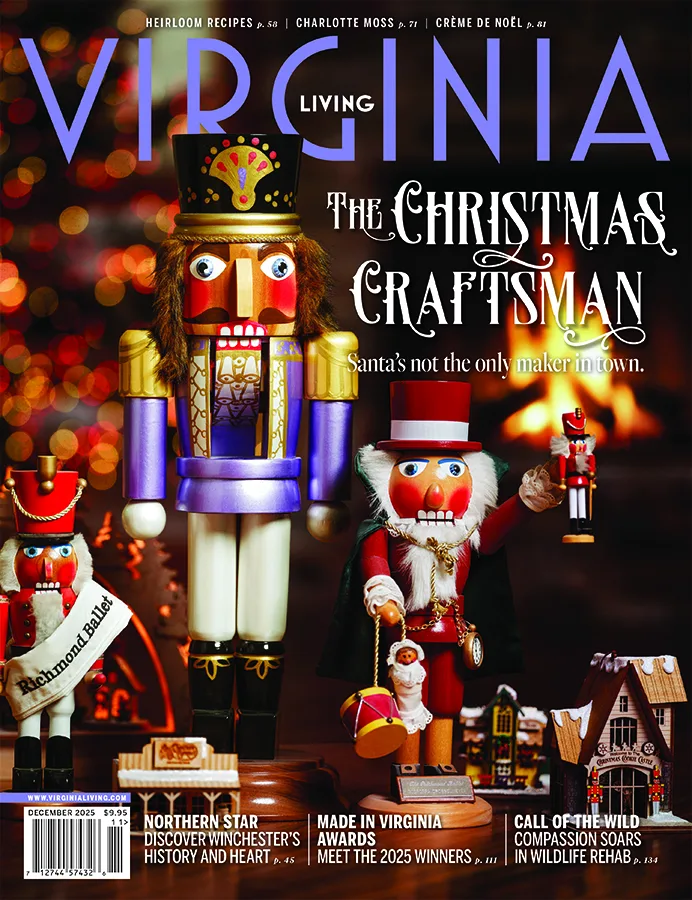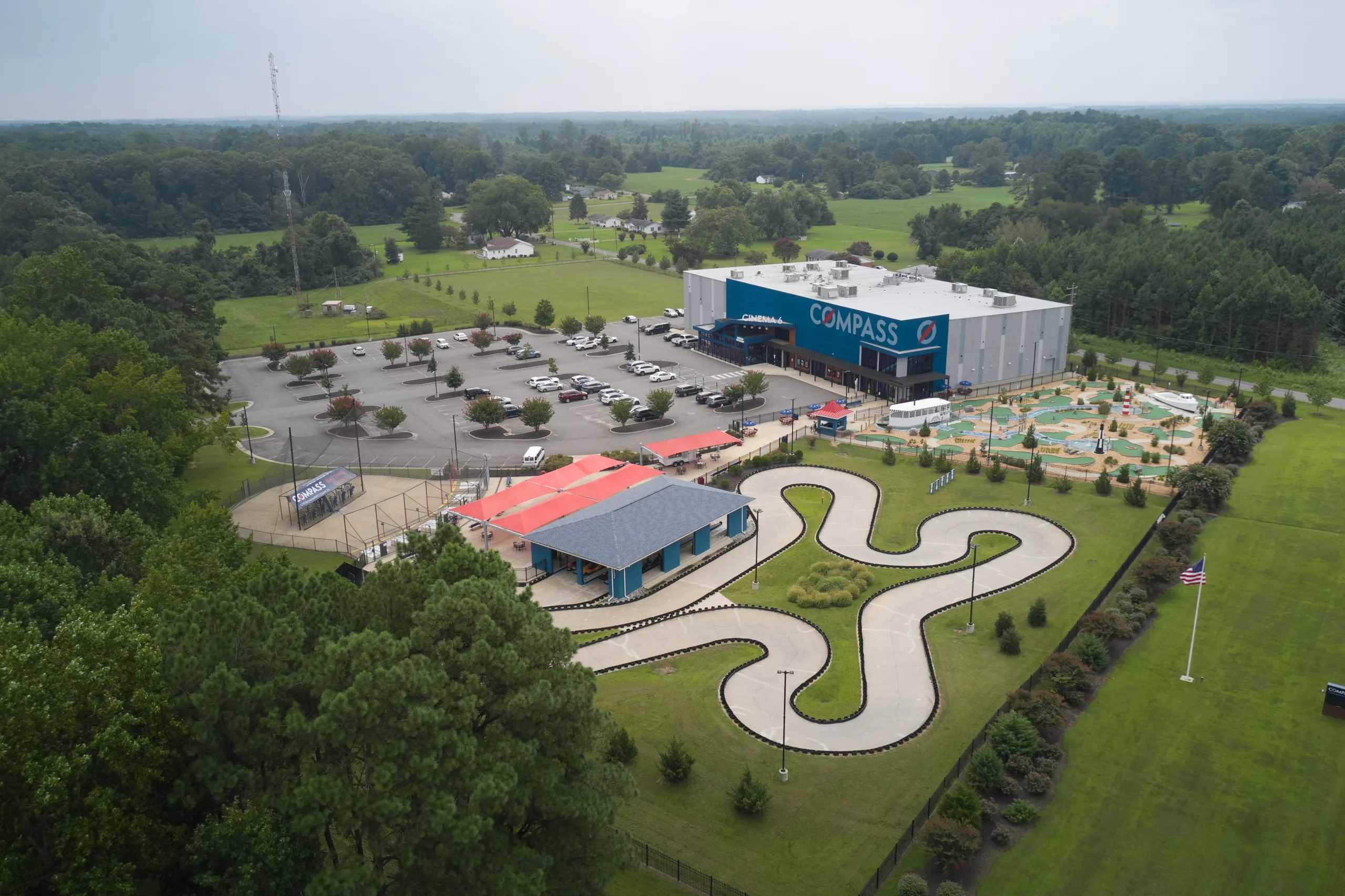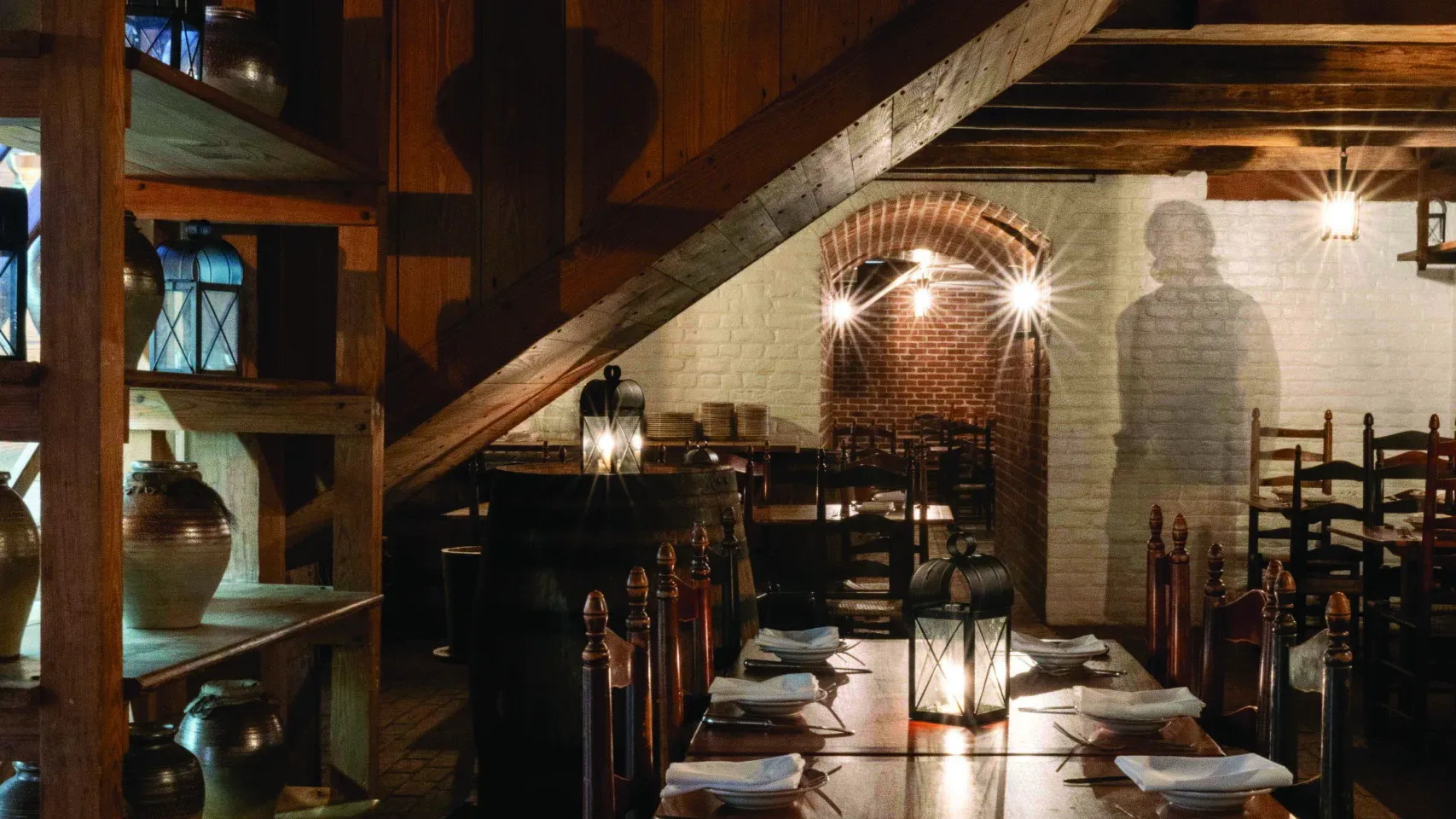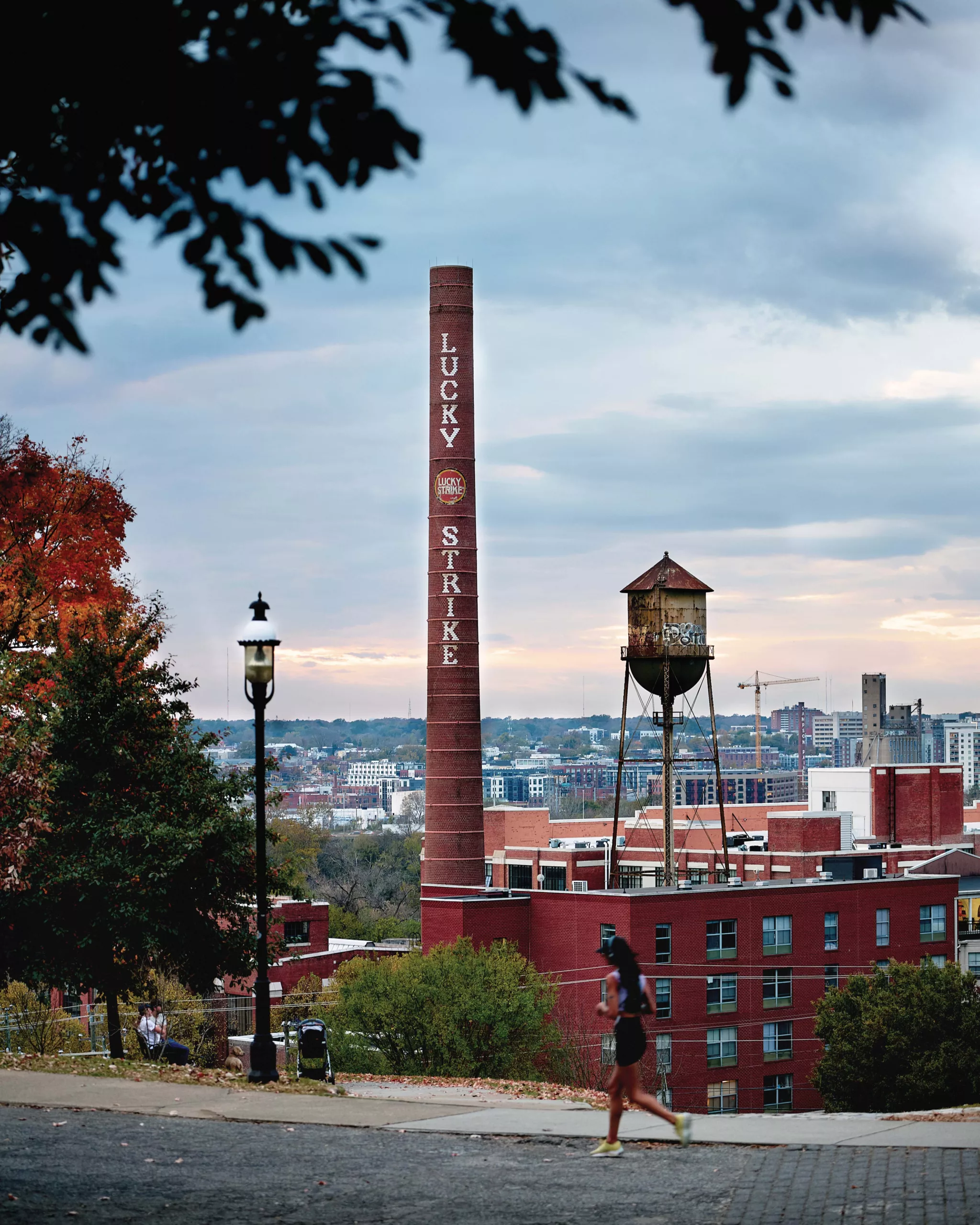Long before the first European settlers ventured into the American wilderness, the Delaware and Catawba tribes tracked a buffalo trace through the Shenandoah Mountains. Abingdon—once known as Wolf Hills—emerged along this trail, today’s Route 11. Frequented by westward expansionists on the Great Valley Road, Main Street grew. Today, the city of 8,336 residents hugs Route 81 as it zips through Southwest Virginia.
A setting of pure charm, complete with classic red brick buildings, shuttered windows, tree-lined, brick-laid streets, and an old-timey town clock, Abingdon is the “England of the Blue Ridge Mountains,” according to TheTravel.com. What’s more, the seat of Washington County was built by people with a love of place. Modern Abingdon thrives through the efforts of those who have fostered these feelings throughout the ages gone by. Old names like Robert Porterfield, who started the Barter Theatre and the Virginia Highlands Festival, and War of 1812 veteran General Robert Preston, whose former home is now The Martha Washington Inn & Spa—affectionately known far and wide as The Martha—share this place with today’s vital characters.
To the common sightseer, historic spots like The Tavern meld with new endeavors like Abingdon Commons, while the Creeper Trail draws nature lovers. But beyond the arts, history, and the outdoors, it is the people who make Abingdon click.
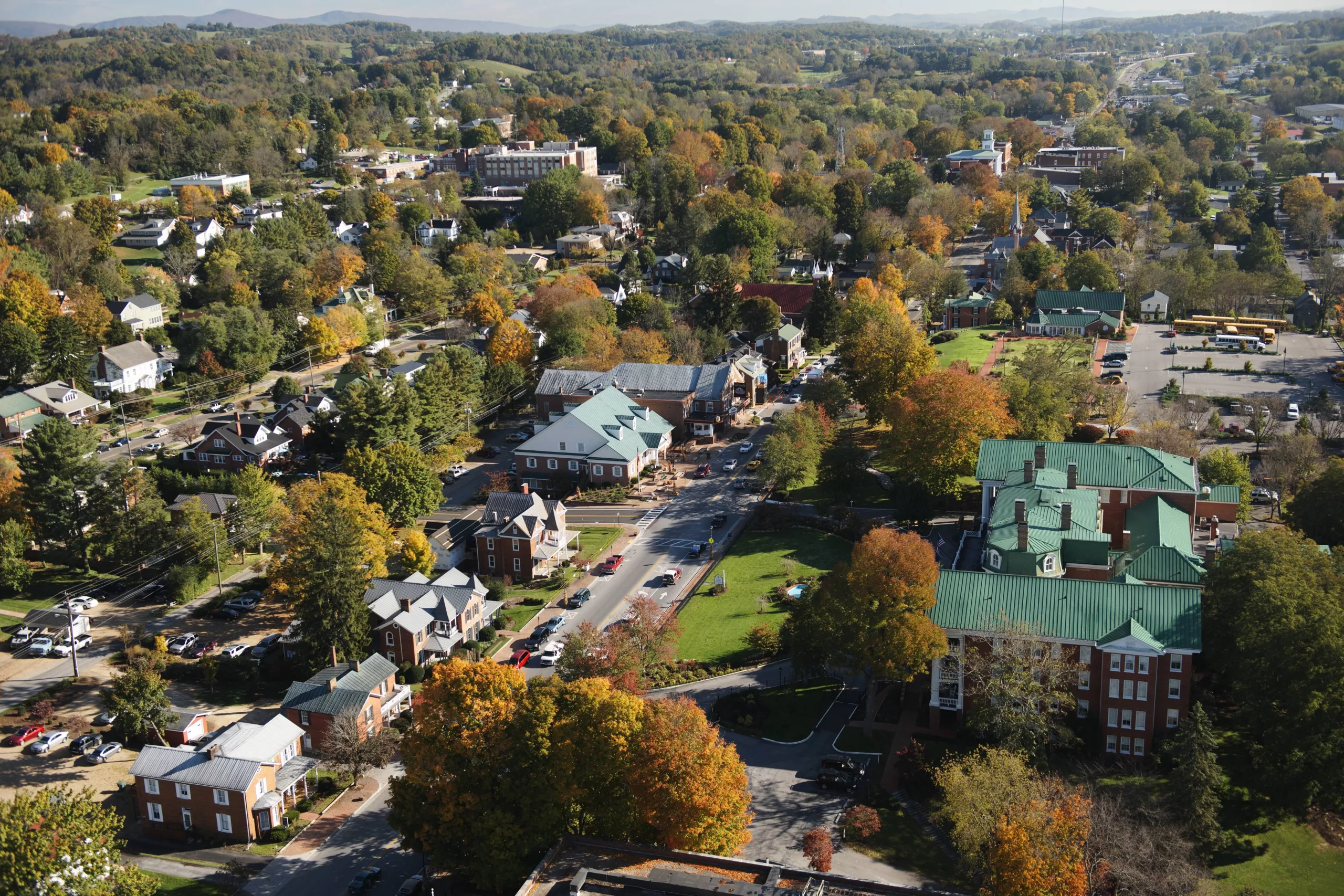
Ghosts, Legends, and Lore
Donnamarie Emmert waits outside one of Abingdon’s many quaint coffee shops. She stops to say hello to a friend, her colorful dress swipes at the door frame and the point of a closed parasol taps along as she walks.
“Do you want to hear some stories?” asks the Haint Mistress of Abingdon, a title Emmert holds as the town’s singular authority on secrets and haunted happenings through her signature Abingdon Spirit Tours. Though, she clarifies, “I’m not a historian. I tell the town’s stories.” Haint is a Southern colloquial term for a ghost or evil spirit.
She leads me on a Historic District tour of local lore, hometown insight, and a few ghost stories. Rounding the corner, she rests her hand, as if connecting to the building itself, on the red bricks of 108 Court St., N.E.
“Built in 1803, this is the oldest brick house in Abingdon,” explains Emmert, as flecks of compressed sand embedded in the bricks sparkle in the sun. She talks about the original homeowner, William King, benefactor of the town’s first school and namesake of the museum now housed in the building’s aged walls, the William King Museum of Art.
The museum, which now stands atop “the hill” on the site of the former Abingdon Male Academy, circa 1872, is helmed by Executive Director Betsy K. White. After growing up in Virginia Beach, White moved to Abingdon in the late ’70s, trading beach vibes for mountain life, and she was awestruck. She speaks with a welcoming, native drawl that tells of only great things about Abingdon, which has fully welcomed her—as it does with so many. Her name adorns the cultural heritage gallery at the museum, which celebrates the artisan culture of the Scots-Irish and German settlers who planted roots along the Great Valley Road. To White, Abingdon “is practically perfect.”
“I brag on this place so much,” says White. “It is an objective observation, because it is not where I grew up.”
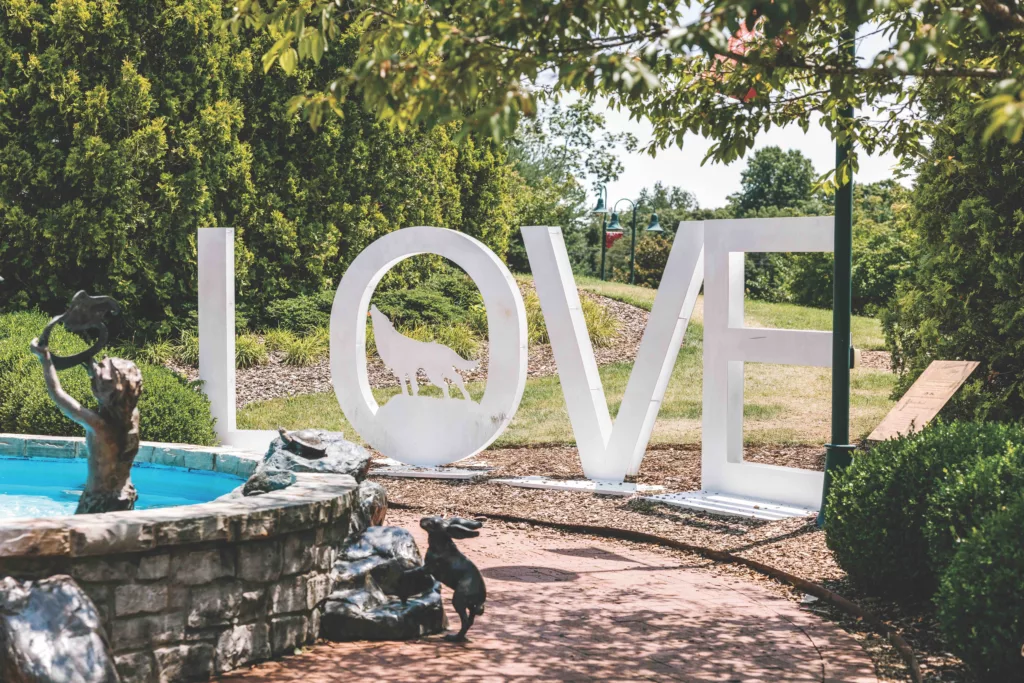
Abingdon’s LOVEwork sign is inspired by Daniel Boone, who, according to legend, encountered a pack of wolves while camping near Abingdon in the late 18th-century. Courtesy of Virginia Tourism Corp.
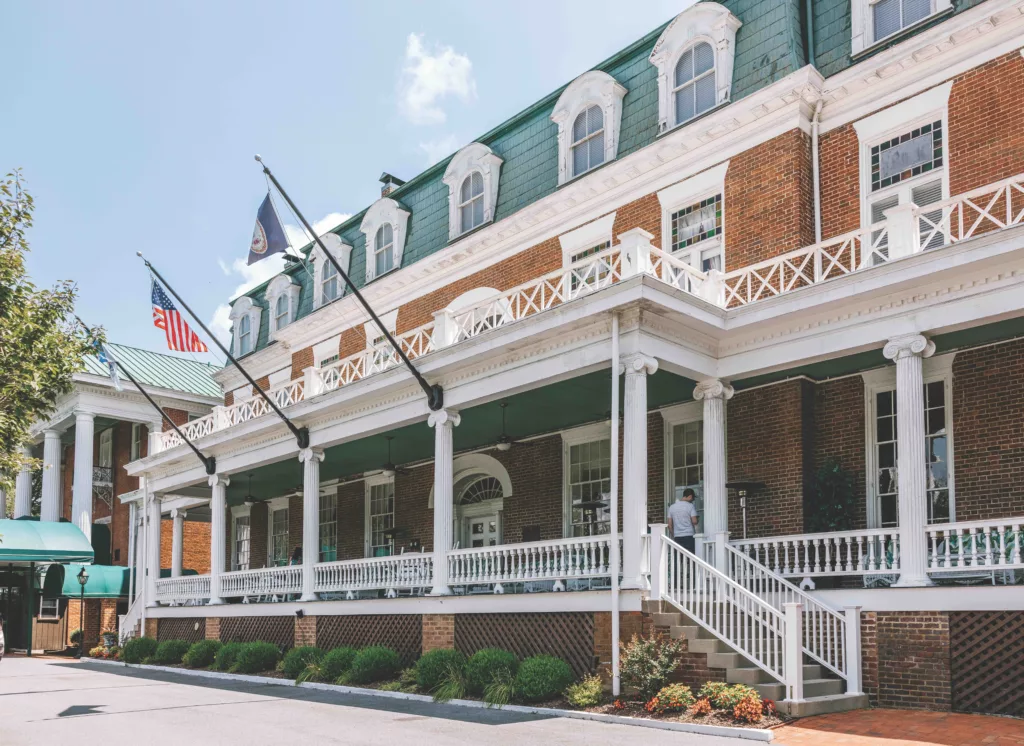
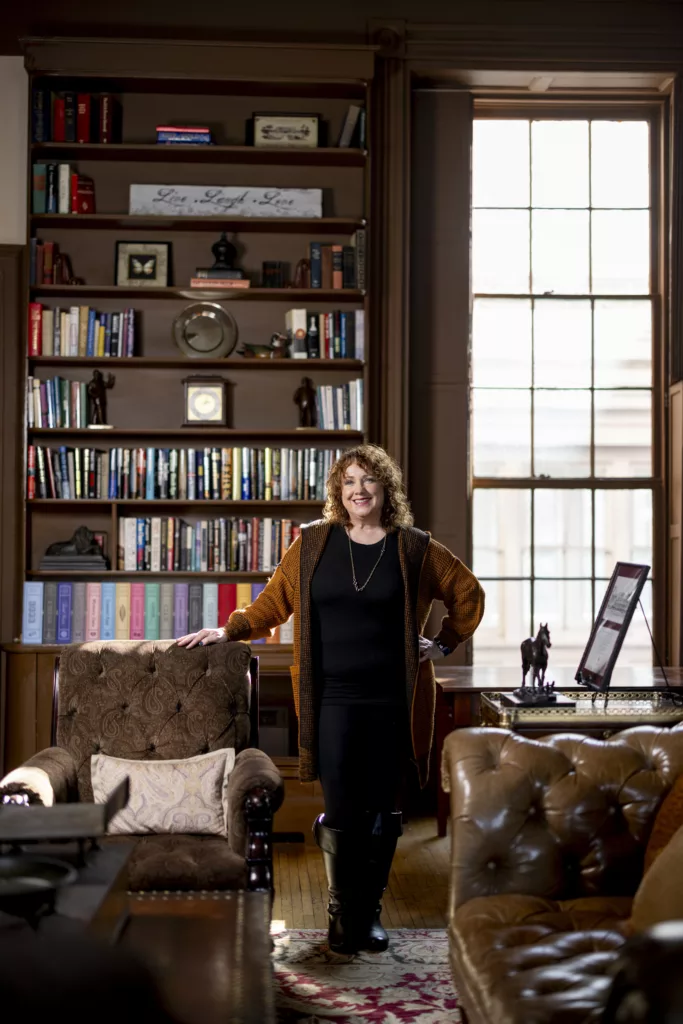
Joy of Generations
For another non-local, Deirdre Cole—classically trained ballet dancer turned community champion—Abingdon’s charms are no less compelling. Originally from the Tennessee side of Bristol, she moved to Abingdon in the ’90s to open a performing arts school. She also began volunteering with the Virginia Highlands Festival—an annual weeklong celebration of art, culture, and culinary traditions—and found herself swept up in its artistic spirit and generations-long history, which truly “boggles the mind,” Cole says.
Now as the festival’s executive director, Cole lights up Abingdon summers with events that celebrate the best of the region and its people. She embraces the festival’s longevity by reimagining its traditions for modern goers. To commemorate its 75th anniversary in 2024, she revived an iconic festival ball of yore, rebranded as the Diamond Gala, with an open bar, sparkling lights, and culinary wonders from The Martha. For Cole, the success of the gala wasn’t measured in dollars but in connections. “This was about our audience creating a deeper bond and learning how to hand down our traditions,” she says.
Each July, the festival draws an estimated 100,000 visitors to Abingdon for juried art shows, lively concerts, bustling markets, and outdoor adventures—a display of what makes Abingdon the enchanting, welcoming place that it is.
Of course, all these visitors need a place to stay, and because of its central location, The Martha Washington Inn & Spa has often played an instrumental role in the festival—and the history of Abingdon.
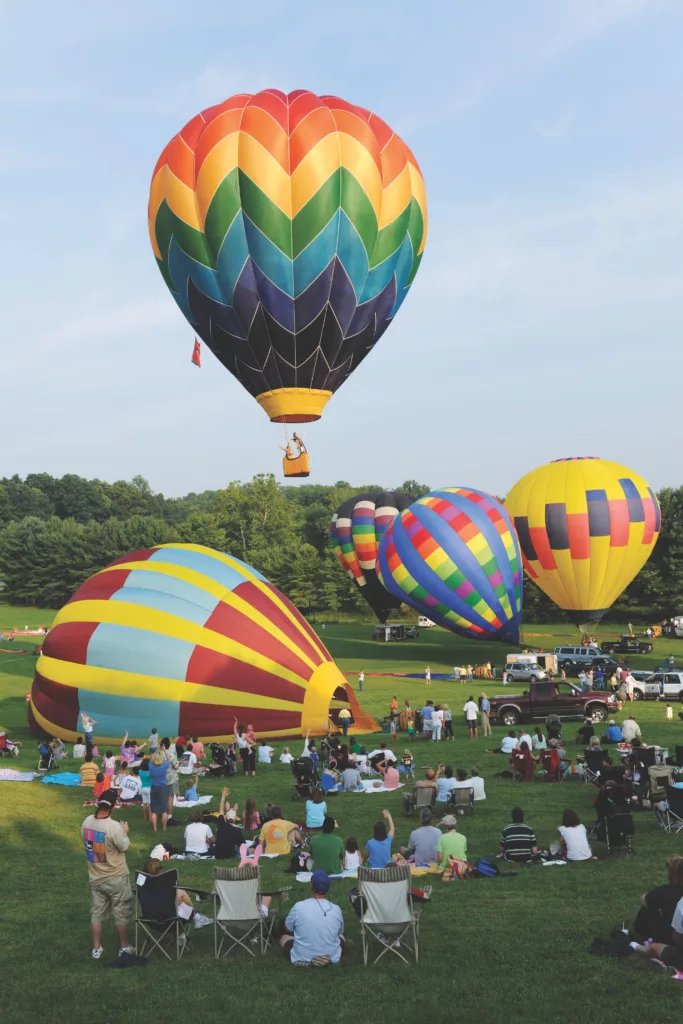
History Sleeps Here
Walking through the circa-1832 building, once home to General Francis and Sarah Preston and their nine children, is a literal history lesson, gazing at the old portraits and photos lining nearly every wall. Framed newspaper clippings share “Society Sally’s” reports on hotel happenings, turn of the century menus recall prices and palates of the past, and assorted headlines highlight The Martha in her early years.
After 74 years as the Preston family home, the building became Martha Washington College, an upscale school for young women, which eventually closed in 1932 as enrollment dwindled.
Over the next 50 years, the property changed hands multiple times, at times housing actors from the Barter Theatre across the street. Caricatures of Barter legends like Ernest Borgnine and Ned Beatty still adorn the hallway leading to Sister’s, the hotel’s restaurant (and home to can’t-miss bread pudding). The Barter and The Martha stand as twin pillars of Abingdon, their longstanding relationship a hallmark of the town’s rich past and living values.
“Those big, crystal chandeliers in the ballroom are there because of Bob Porterfield,” explains town storyteller Emmert. “During the Great Depression, Porterfield was an actor in New York City. Starving to death, he moved his crew and a lot of his acting friends to Abingdon, and that’s how we ended up with the Barter Theatre.”
Maintaining his New York connections, Porterfield orchestrated the salvage of the Empire Theatre before its 1953 demolition, including the stunning Austrian crystal chandeliers now gracing The Martha’s ballroom—a prime example of “recycling at its finest,” quips Emmert.
Today, The Martha is more than history, as a continuously thriving gateway to the beauty of the region, flocked with eager tourists of all things historic, artistic, small-town, and naturally astounding. “People love The Martha,” says Emmert. “It’s ours, it belongs to the community.”
The hotel is classic Southern elegance embodied, from the picture perfect fountain and garden to the ornate interior. Being steps from the town’s most iconic sites and the Virginia Creeper Trail’s Abingdon terminus, it’s a destination and a starting point.
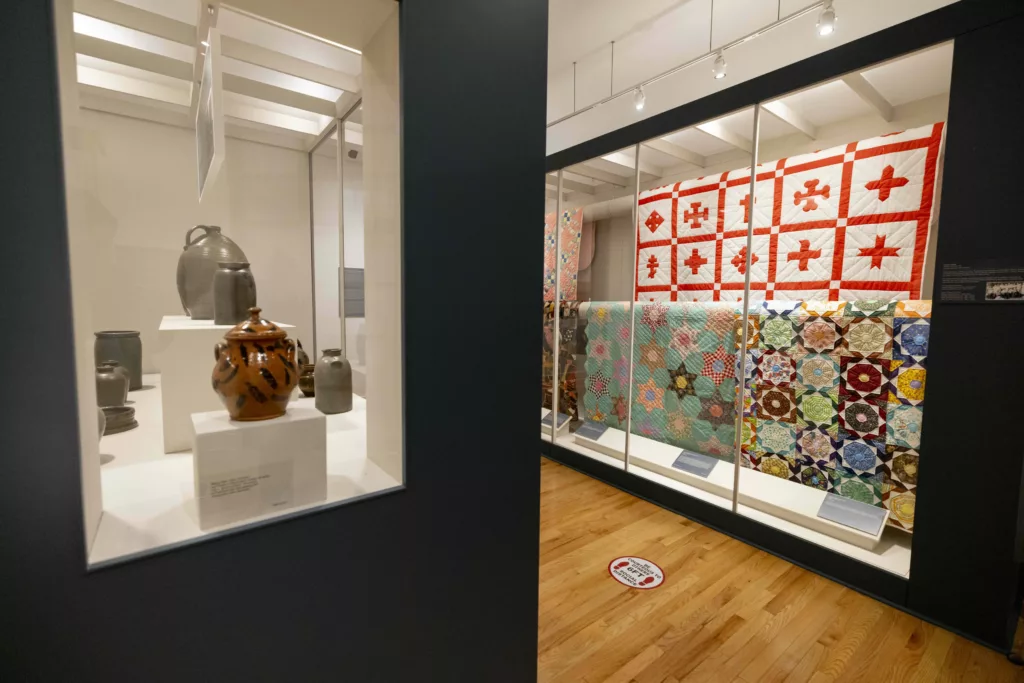
The Betsy K. White Cultural Heritage Gallery houses many pieces from the William King Museum of Art’s permanent collections, including furniture, pottery, textiles, art, and metalwork, all offering a glimpse into the region’s decorative arts legacy.
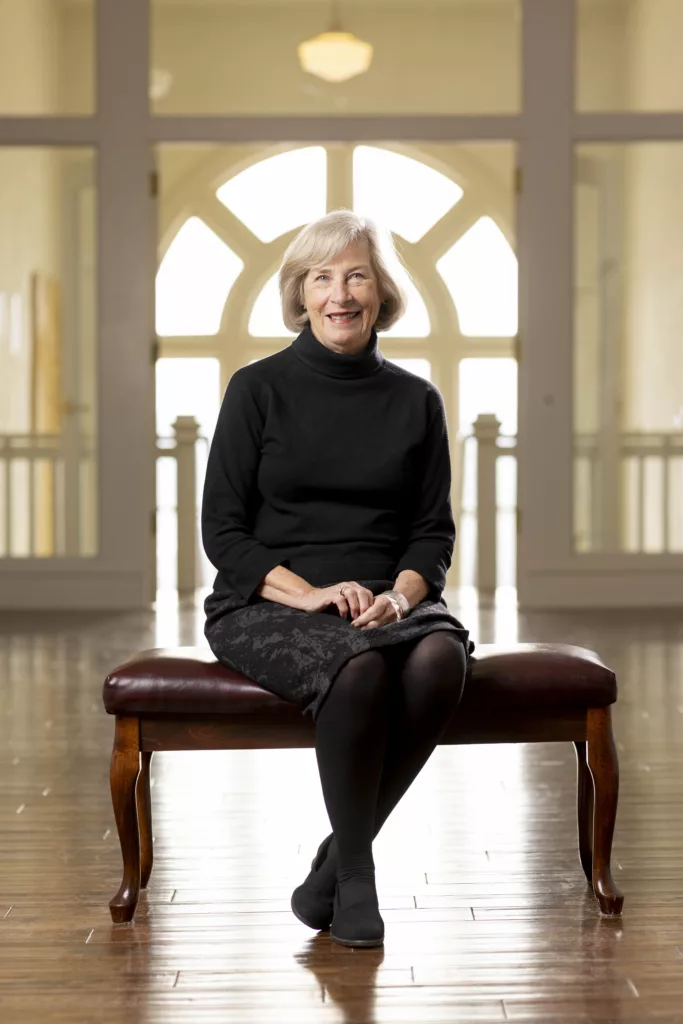
Creeper Trail
The 33.4-mile Creeper Trail winds through picturesque countryside, rushing waters, bygone railroad fixtures, and striking gorges, stretching to the North Carolina border. Sadly, catastrophic damage from Hurricane Helene last September forced the eastern 18 miles between Damascus and White Stone to close, however $600 million in federal funds and community efforts aim to fully restore it. Abingdon, where the trail remains open, offers hands and hope.
In this town, accoutrements like superb coffee, trend-following eateries, and walkable neighborhoods flex a big city vibe, but the residents of Abingdon are easy going. The interconnection of everyone and everything provides a downhome feel in a city built by those who love this place.

Who is The Haint Mistress of Abingdon?
Raised in Washington County, Donnamarie Emmert ditched college and spent 10 years as “a rebel without a single clue” in San Francisco. After a decade away she returned to attain a master’s degree in storytelling from East Tennessee State University and found a new love for her hometown.
“When I came back, I started telling the stories and learning the history of my town; it is pretty fascinating,” explains Emmert. “I love it when I give tours to locals, because almost all of them say, ‘You know, we didn’t know this about our town.’” Locals and visitors alike can book an enlightening tour with Emmert at [email protected].
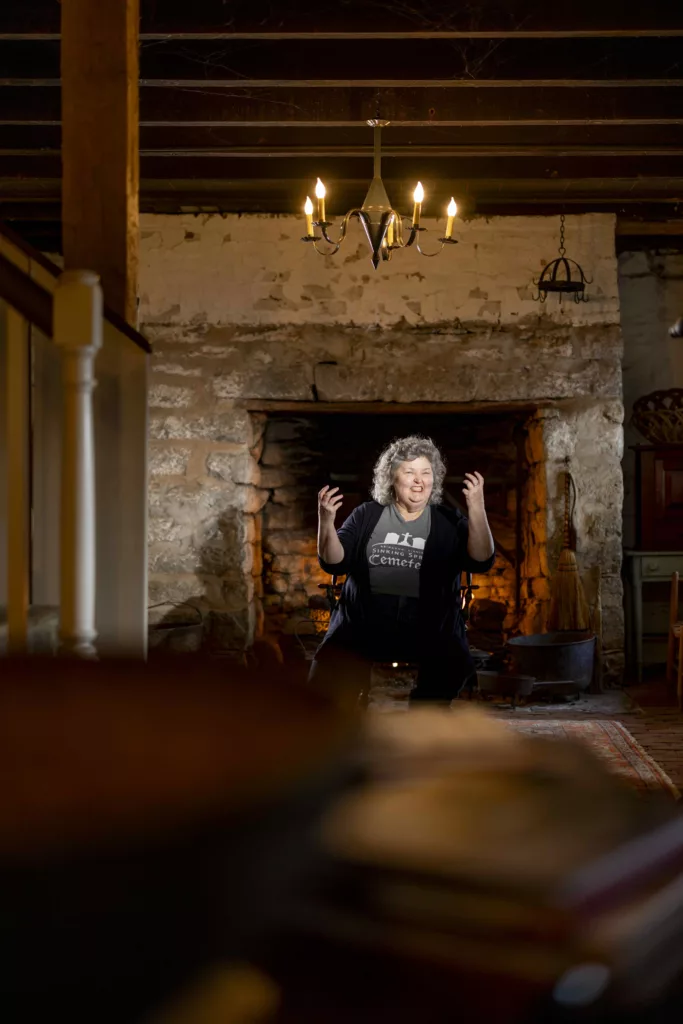
—Donnamarie Emmert, Haint Mistress of Abingdon
City Boy Turned Cidermaker
Justen Kelly Dick never expected to trade a big-city career in environmental consulting for life on his family’s Washington County farm. Though he spent summers working the land with his grandfather, the farm never felt like home. But in 2012, drawn by the area’s agricultural potential, he returned to Kelly Ridge Farms, marking nine generations of family stewardship. His focus turned to developing new specialty crops like hops and revitalizing old crops such as heirloom apples.
“When we moved here, I didn’t know a lot of folks,” Dick says. “My neighbors own a metalworking shop and heard me lamenting about how long it was taking to press juice with apples from the family orchard.” Dick is now the cidermaker for Tumbling Creek Cider Co., which has a taproom in Abingdon, as well as the co-owner of the family farm in nearby Meadowview, where his apples were proving difficult to work with.
“A week or so later my neighbor pulled up and started unloading an apple press. For some reason it looked familiar.” As it turned out, the press belonged to his grandparents. Dick’s grandmother had given it to the neighbors when her husband passed.
“Here they came, returning it to me,” recalls Dick. While the press has since been outgrown, it now sits on the farm’s porch, a sentimental centerpiece and a favorite story during farm tours. TumblingCreekCider.com
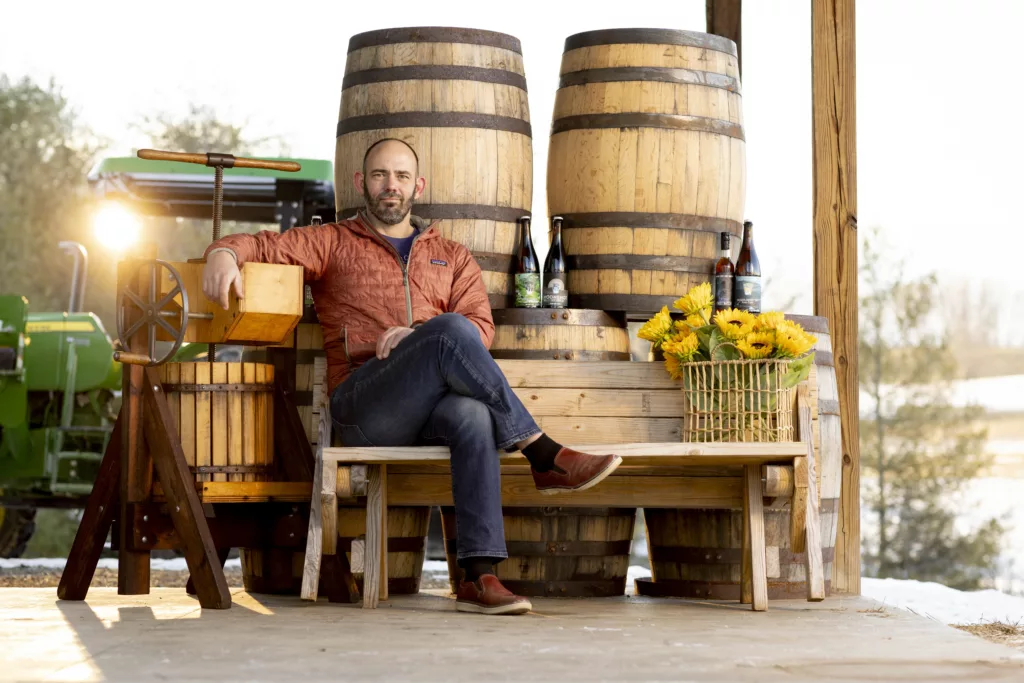
A week or so later my neighbor pulled up and started unloading an apple press. For some reason it looked familiar.
—Justen Kelly Dick, Tumbling Creek Cider Co.
A Weekend in Abingdon
How to make the most of your trip.
Where to Eat
128 Pecan: Quirky, fun, casual eats. 128 Pecan St., S.E., 128Pecan.com
Abingdon Commons: A collective of dining, shopping, and gathering spots. 238 W. Main St., AbingdonCommons.com
Summers Roof and Cellar: Elevated American plates, wine, and a rooftop view. 108 Court St. N.E., SummersRoofAndCellar.com
The Girl & The Raven Café: Craft coffee, southern breakfast, from-scratch pastries. 380 E. Main St., TheGirlAndTheRavenCafe.com
The Tavern: Established in 1779, it offers a true taste of history. 222 E. Main St., AbingdonTavern.net
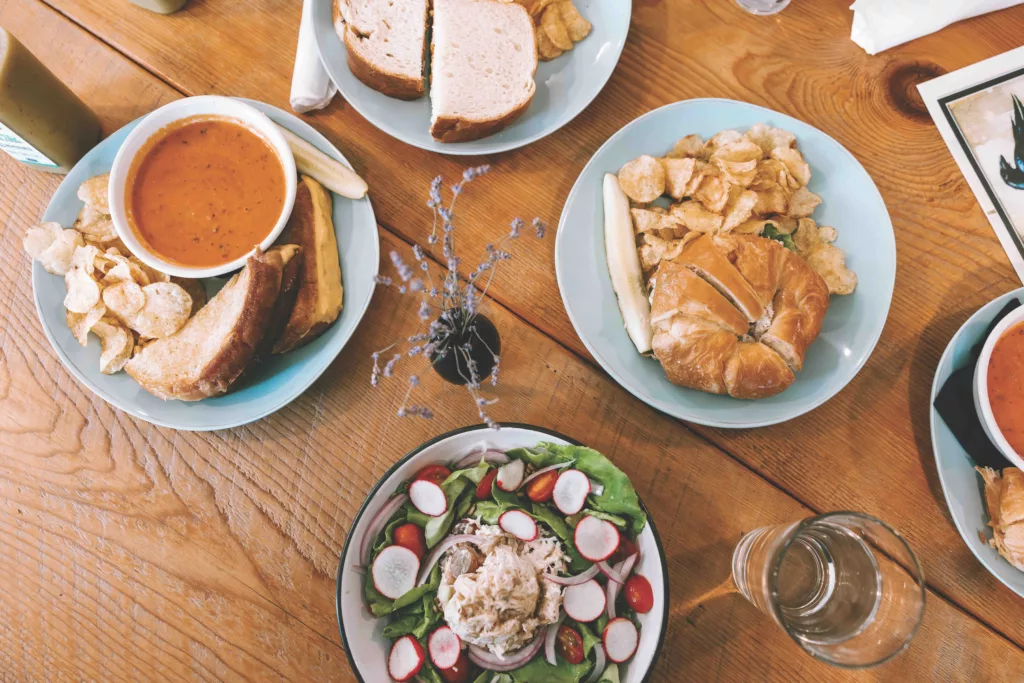
Where to Shop
Chella’s On Main: Gifts for the traveler, designer, entertainer, and more. 182 E. Main St., ChellasOnMain.com
Katbird’s Wine & Gourmet Shoppe: Curated wine, cheese, and gourmet food. 230 E. Main St., Katbirds.com
Market on Main: Boutique offering 65 regional small business brands. 160 E. Main St., Instagram.com/MarketOnMainAbingdon
SONDER: Home and lifestyle goods, plants, gifts, and kids’ stuff. 152 E. Main St., Instagram.com/SONDER.Abingdon
The Book Cellar: Used books, book clubs, and writing classes. 112 Court St. N.E., TheBookCellarVa.com
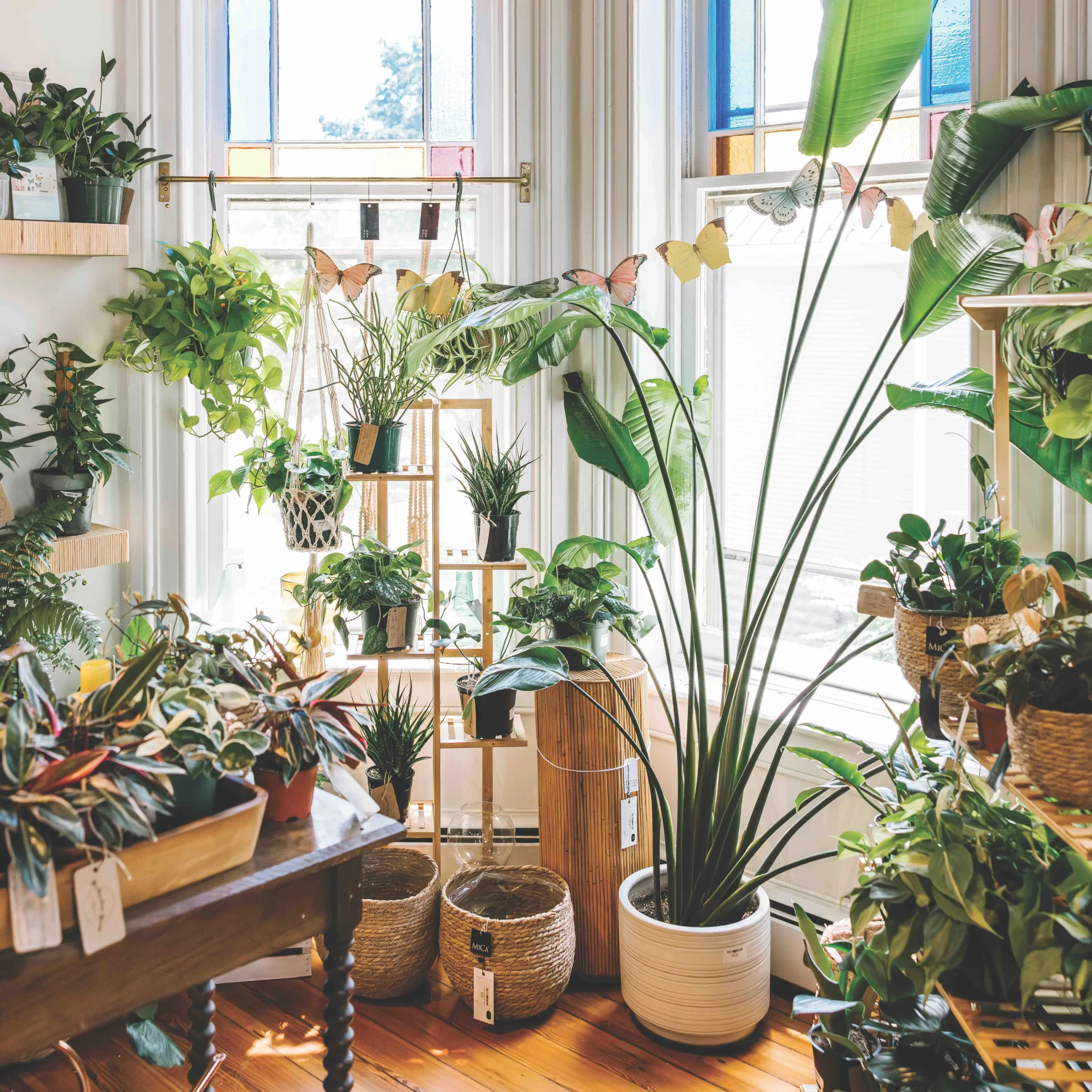
Where to Stay
In addition to The Martha Washington Inn & Spa, other spots to stay include:
The Fountain Inn on Main accommodates up to 10 guests in the main house; an adjacent carriage house is perfect for two. 142 E. Main St., FountainInnOnMain.com
The ever-quaint Gather Inn is convenient to the best of Abingdon—from shops to restaurants and more. 155 E. Main St., GatherInn.life
A Tailor’s Lodging combines history, convenience, and hospitality. 119 Park St., S.E., ATailorsLodging.com
Stay in your own Tyrolean villa at the newly renovated Carriage House, oozing with European magic. Tanner St., S.E., VRBO.com (property #2425820)

What to Do
Browse fine artwork at The Arts Depot. 314 Depot Sq. S.W., AbingdonArtsDepot.org
Catch a show at Barter Theatre, Virginia’s historic state theater. 127 W. Main St., BarterTheatre.com
Discover the region’s cultural depth at the Southwest Virginia Cultural Center & Marketplace. 1 Heartwood Cir., FriendsOfSWVa.org
Get pampered at The Spa at The Martha. 150 W. Main St., TheMartha.com
Take a breather at the Meditation Labyrinth. 250 Valley St. N.E.
Wander the art-adorned halls of William King Museum of Art. 415 Academy Dr. N.W., WilliamKingMuseum.org
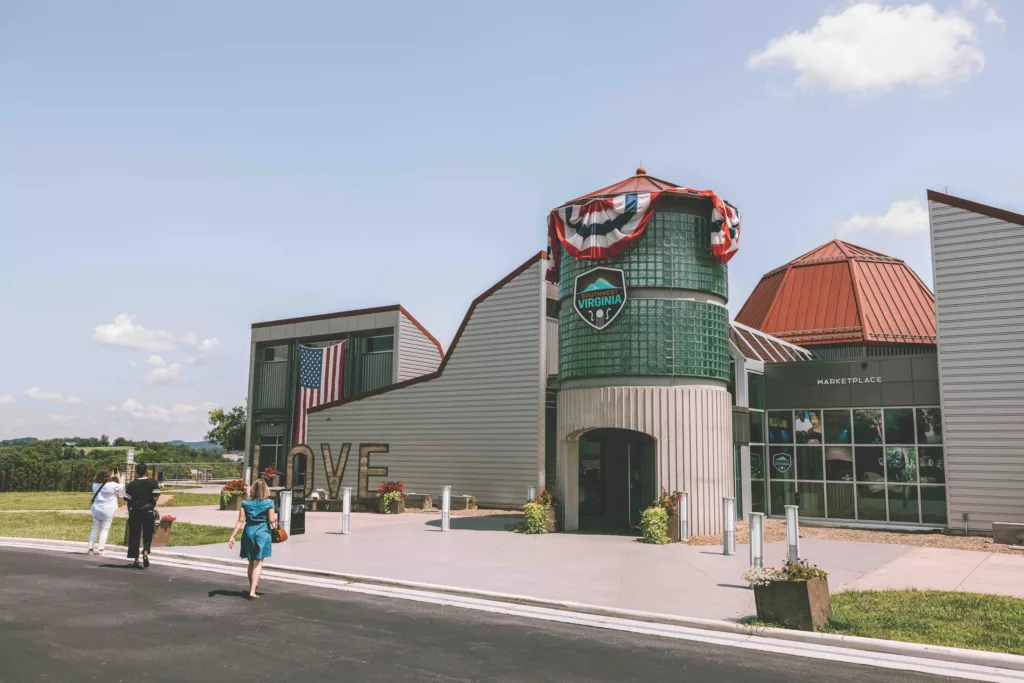
This article originally appeared in the April 2025 issue.
